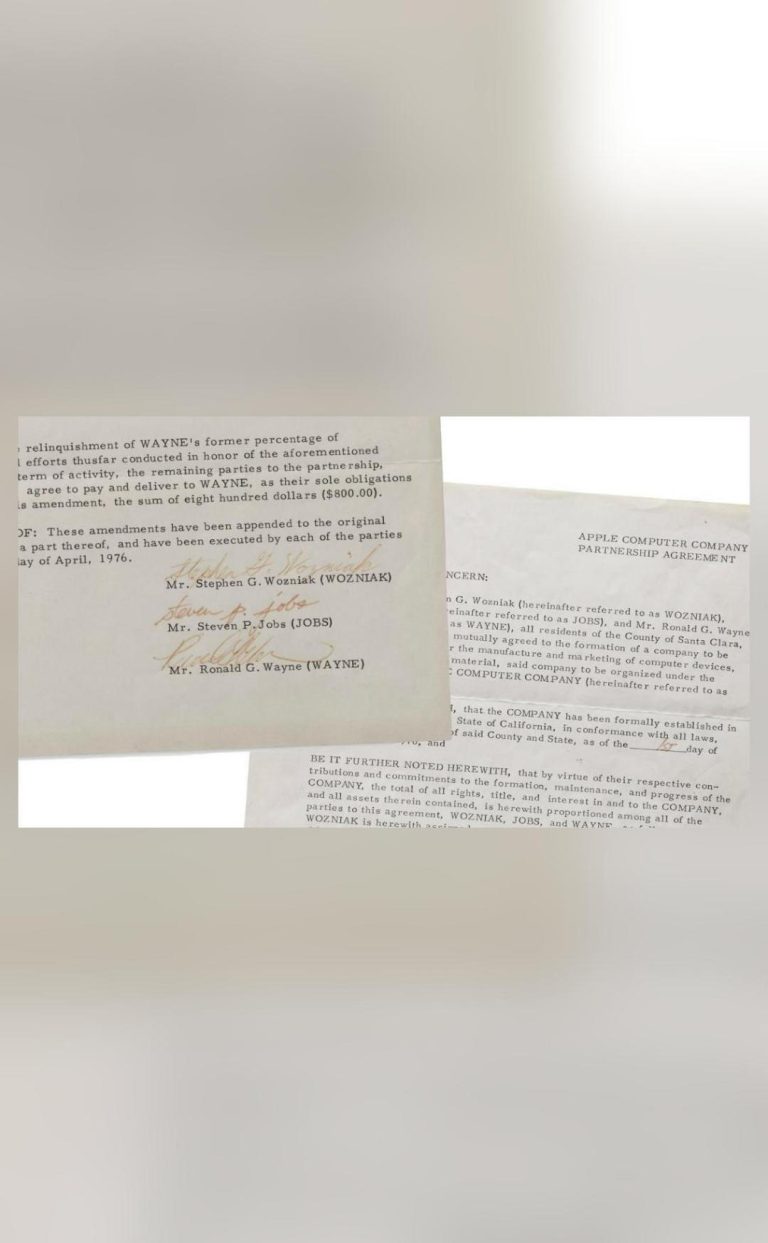
How to Verify Trading Apps’ Authenticity to Avoid Getting Scammed?
In today’s digital age, trading apps have become increasingly popular, allowing users to buy and sell stocks, commodities, and other financial instruments with ease. However, with the rise of online trading, the risk of scams and fraudulent activities has also increased. It’s essential to verify the authenticity of a trading app before using it to avoid getting scammed. In this blog post, we’ll discuss the steps you can take to ensure that the trading app you’re using is legitimate and trustworthy.
The Securities and Exchange Board of India (SEBI) has warned investors about the risks of fake trading apps and has provided guidelines on how to verify the authenticity of a trading app. According to SEBI, verifying the legitimacy of a trading app is crucial to avoid getting scammed. So, how can you verify the authenticity of a trading app?
Check the App’s Legitimacy on the Exchange Website or SEBI Investor Website
The first step in verifying the authenticity of a trading app is to check if it’s registered on the exchange website or the SEBI Investor website. SEBI has a dedicated section on its website where it lists all the registered mobile trading apps. You can visit the SEBI Investor website and check if the app you’re using is listed under the registered mobile trading apps section. Similarly, you can also check the app’s legitimacy on the exchange website, such as the National Stock Exchange (NSE) or the Bombay Stock Exchange (BSE).
Check the App Developer Details
Another way to verify the authenticity of a trading app is to check the app developer details. A legitimate trading app will have a clear and transparent app developer details, including the company name, address, and contact information. You can check the app developer details on the app store or on the app’s official website. Be wary of apps that don’t provide clear app developer details or have suspicious-looking websites.
Ensure the App has an Official Website and Customer Support
A legitimate trading app will have an official website and customer support. Check if the app has a professional-looking website that provides detailed information about the app, its features, and its services. Also, check if the app has a dedicated customer support team that can be reached through phone, email, or live chat. Be cautious of apps that don’t have an official website or customer support, as they may be scams.
Other Red Flags to Watch Out For
In addition to verifying the app’s legitimacy and checking the app developer details, there are other red flags to watch out for when using a trading app. These include:
- Unrealistic returns: If an app promises unrealistic returns or guaranteed profits, it’s likely a scam.
- Lack of transparency: If an app doesn’t provide clear information about its fees, risks, or trading strategies, it’s a red flag.
- Poor reviews: Check the app’s reviews on the app store or on other online platforms. If the app has poor reviews or a low rating, it may be a scam.
- Requests for sensitive information: If an app requests sensitive information, such as your bank account details or passwords, it’s a red flag.
Conclusion
Verifying the authenticity of a trading app is crucial to avoid getting scammed. By following the steps outlined in this blog post, you can ensure that the trading app you’re using is legitimate and trustworthy. Remember to always check the app’s legitimacy on the exchange website or the SEBI Investor website, check the app developer details, and ensure the app has an official website and customer support. Be cautious of apps that don’t provide clear information or have suspicious-looking websites. By being vigilant and doing your research, you can protect yourself from fake trading apps and scammers.
News Source:
https://investor.sebi.gov.in/pdf/Fake%20trading%20app%20scam%20Landscape.pdf





